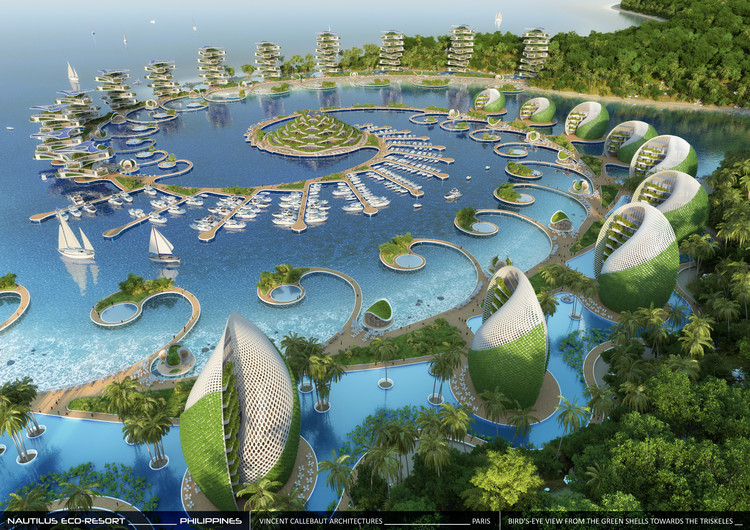This research thus far has reviewed several health benefits of the biophilic city which have direct and indirect implications for people inhabiting them. The implementation of biophilic design elements result in a variety of benefits for human physical and mental health. It has effectively responded to the growing need of high density cities.

First of all, the biophilic city where nature is centre of the design helps to improve human mental health. Scientists have proved that a natural environment has direct benificial impacts on mental health, providing a relaxed environment and reducing stress. Nature also can enhances wellbeing, and make restoration (SBErnc 2013). Lehrer (2009) in his book “ How the city hurt your brain and what you can do about it” shows how our mental health suffers when we live without nature. The only way that we can improve the situation is to bring back nature into the city, into each home and living environment (Lehrer 2009).
Secondly, the biophilic city also has a positive impact on healing in patient treatment in hospital. One good example is the KPL Hospital in Singapore with the green view and rooftop garden which helps the patients feel better and reduce the treatment time (KPL Hospital. 2020). People and especially children in the development progresses will have a deficit disorder if they do not have the change to contact with nature frequently (Louv 2005). The study also shows that children will be more creative and confident when having a natural living environment. These relationships with nature is the equal to other basic need for a child to have complete development (Louv 2005). As discussed in the environment benefits section, green rooftops can help to reduce CO2 and NO2 emissions which are the main causes of several diseases, therefore, when reducing the CO2 and NO2, it will help to reduce the number of related issues.

Thirdly, in terms of urban agriculture, especially in the urbanisation century (UNEP 2012), when poverty and food insecurity are the main challenges for most developing countries and even developed countries, urban agriculture helps to increase the health condition and limit malnutrition by providing instant good produce in the city. It saves time and resources to produce and transport the food to urban residents. Urban farming secure food demand in the urbanization time (FAO 2018). When people have enough food or secure food demand, their physical health conditions will be inceased. Food security exists when all people, at all times, have physical and economic access to sufficient, safe and nutritious food that meets their dietary needs and food preferences for active and healthy life (Quisumbing et al.1996). Food in the cities also directly relates to social and health problems such as gender inequality and poor child health (Cordes 2012). The role of food supply and food nutrition is the basic need for daily life. With food security, women and children could have better health as well (especially for pregnant women) reducing the cost of health treatments and risks for the children death rates (Cordes 2012).
Next, it has been claimed biophilia also helps to decrease violence and crime. When living in a green and beautiful place with nature, people would feel more relaxed and enjoy the surrounding environment, therefore, it will bring joy and well being. As a results, the motivation for violence and crime will be decreased. People are much more peaceful and respect each other and encouraged to create a sense of place with the local areas, they want to belong and feel connected with the place and do not want to be rejected by others. That reason also fosters the loving with other and living elements (Louv 2005).
The benefits mentioned above are not isolated, but interact with all aspects of human settlement and interact each other. The environmental benefits can be the base line for economic and health benefits. Similarly, the health benefits motivate people to work and improve productivity. In addition, social benefit which create the connections between people will arouse and evoke people to love and enjoy the green nature, honor the environment they have then they will together create the culture about respecting the green environment they have. Each of these relationships and interconnections is the combination of all the benefits and characteristics of a biophilic city. These elements and benefits support and expropriate each other to make a biophilic city become a good place in which to live.
In summary, the biophilic urbanism provides several benefits to humans life which include environmental, social and cultural, economic and health benefits. These are the positive effects of the implementation of green urbanism in the urbanization trend. The next chapter will examine two case studies to see how these implications affect the specific locations.
